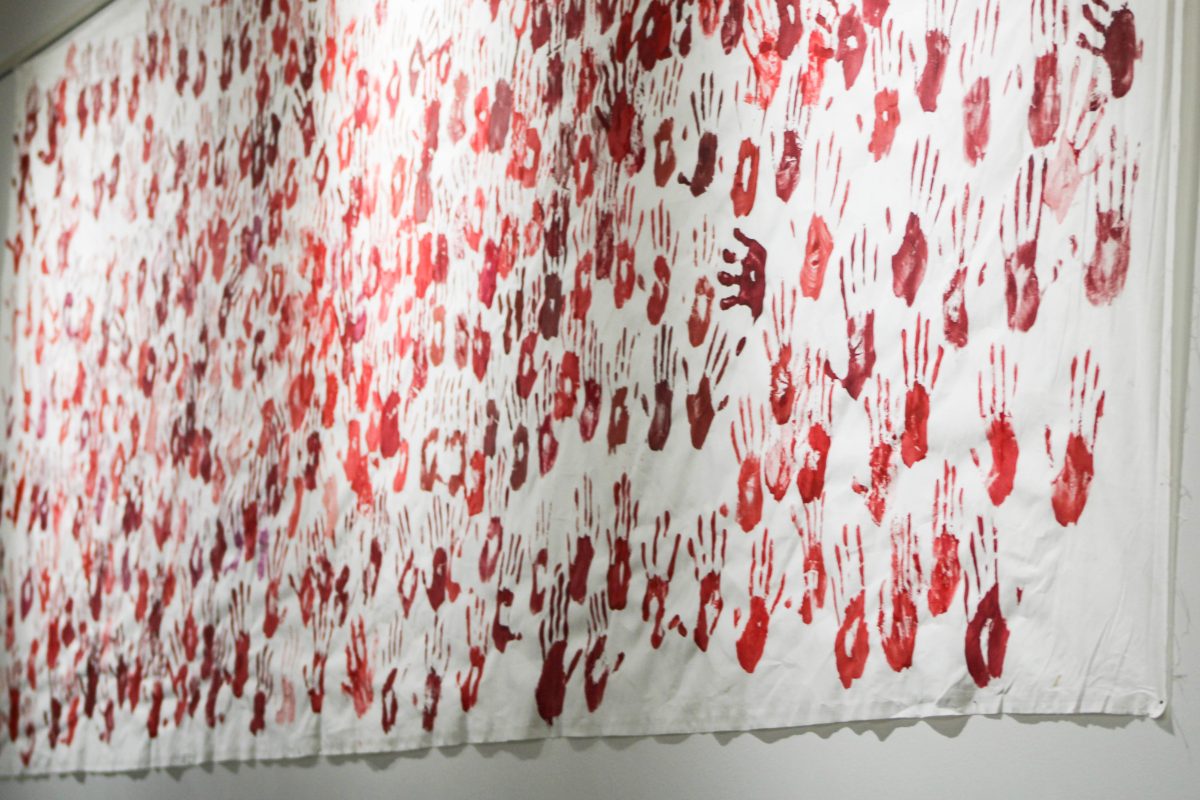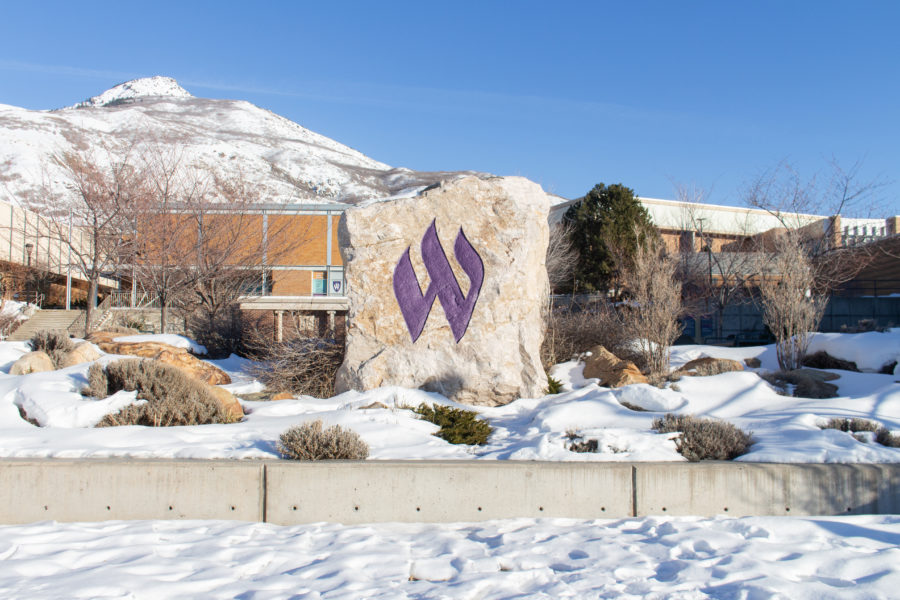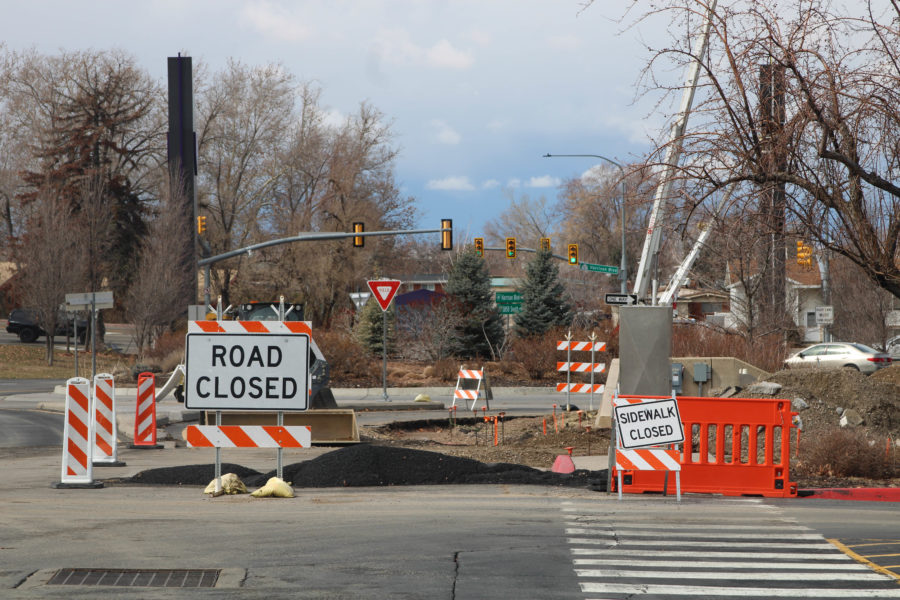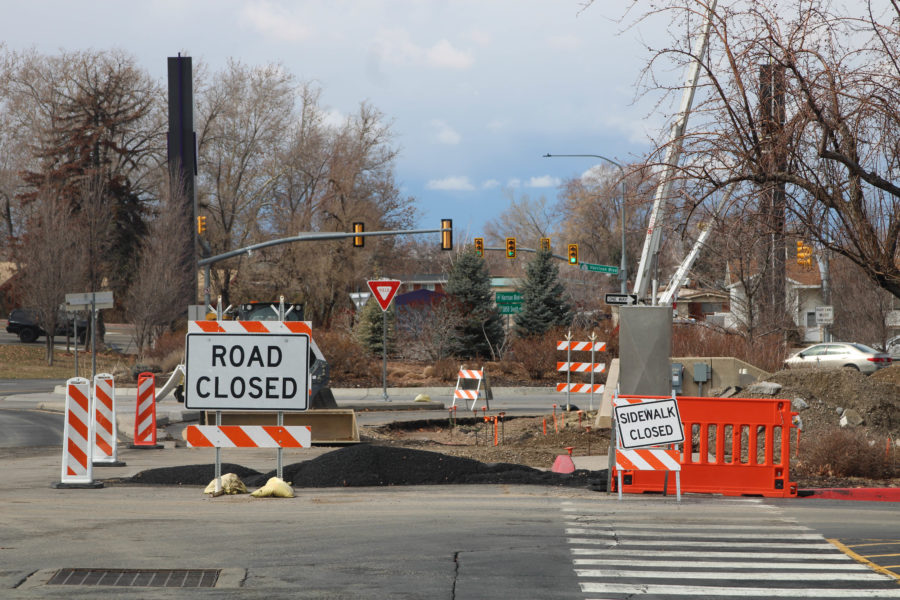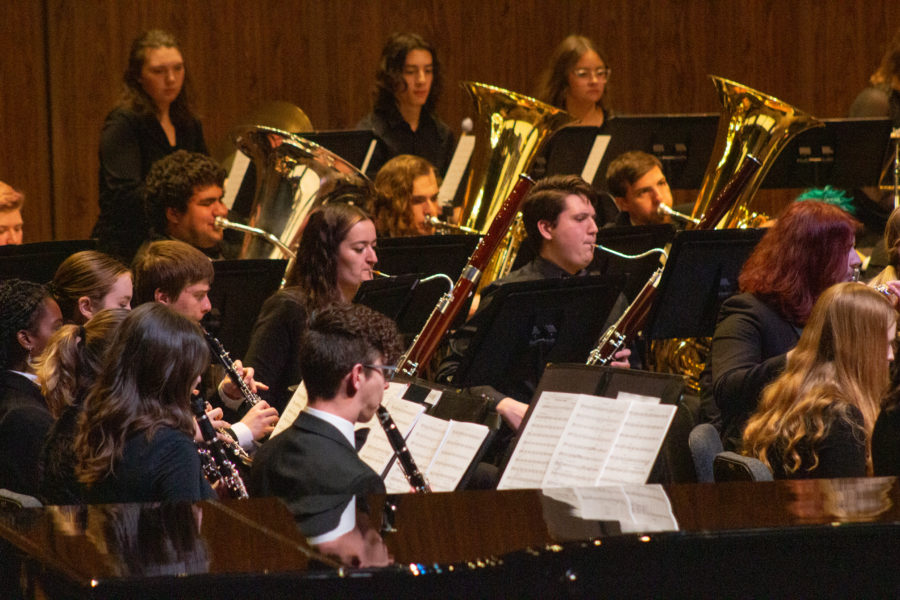
Many people who grew up in Utah are familiar with the story of Brigham Young declaring “this is the place” from Ensign Peak when the Mormon pioneers arrived in 1847. Professor Jared Farmer further discussed the “making and unmaking of Utah” at the Lindquist Alumni Center on Wednesday evening, hosted by the Weber Historical Society.
Farmer, an associate professor of history at Stony Brook University in New York, took a year fellowship at the University of Utah learning about the settling of Utah, the displacement of the native Ute tribe and how the landscape has changed over time.
“The sites which Utah is now world-famous for — Zion, Bryce’s (Canyon) and Arches — were commercially undiscovered until the automobile age,” Farmer said.
Castle Gate, a rock formation in Utah, has two rising rocks that give the appearance of a gate. Railroad workers and tourists once saw it as the gateway to Utah, according to Farmer. When the Utah Department of Transportation wanted to blow up one of the walls, no one raised a fuss about it, and Utah residents today have forgotten the place that was once an iconic part of the landscape, Farmer said.
Farmer also talked about how people once saw Utah as a land of lakes, but it is now seen as a land of mountains and high country. The iconic arch on Utah license plates wasn’t well known outside Moab until the middle of the 20th century, according to Farmer.
Weber State University history professor Sara Dank said she hoped students would see their environment in a new way after the presentation.
“(I hope) it makes them a little a more conscious in their role in making and unmaking Utah,” she said.
Farmer said the federal government made a semantic jump when it named the territory. Rejecting the Mormon settlers’ proposed name of Deseret, the government named the territory after the Ute tribe. The word ‘Utah’ is a Spanish version of a Western Apache word meaning “the people above us,” referring to certain bands of Utes living in the high country.
Farmer noted that, while the Mormon settlers first despised the name, they eventually made peace with it.
In 1923, Levi Edgar Young, a professor of history at the U of U and a general authority of The Church of Jesus Christ Latter-day Saints, wrote that the native forefathers meant “’Utah’, in the top of the mountains.”
Farmer said that was a crucial semantic shift, moving the term from a Spanish form meaning the people who lived in the mountains to an anglicized term meaning the place in the top of the mountains.
Farmer talked about borders between states being imaginary lines that have real meaning. A Utah resident will go to Wyoming for fireworks, Colorado for marijuana or Nevada for gambling. While the borders were drawn by surveying people who settled the land, they divide people culturally as well, he said.
Dant said she brought Farmer in during his one-year fellowship at the U of U to take advantage of his proximity to Ogden.
“Dr. Farmer has a perspective on history that is helpful to a lot people who think that history is about presidents and wars,” she said.
WSU history major Collin Olsen, who attended the event, said he thinks it’s important to preserve history for future generations. Farmer said he hopes Utah learning about its past will make residents more emphatic about their present.
“All of us build houses on bones,” he said, asking people to keep in mind what was there before as they make the landscape of today. “This (Utah) was a storied history before ‘this is the place.’”



